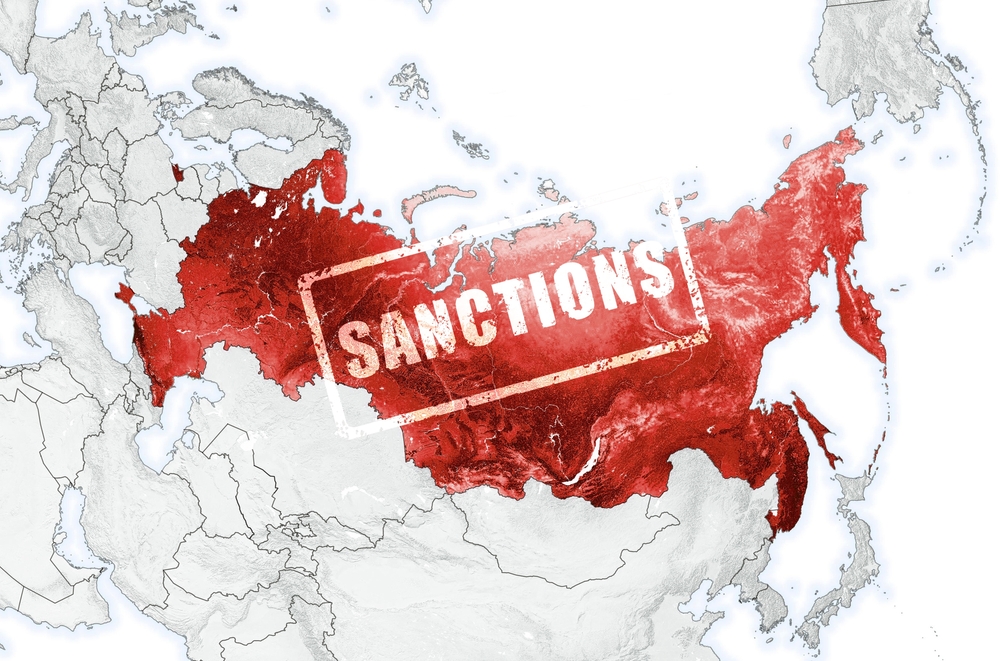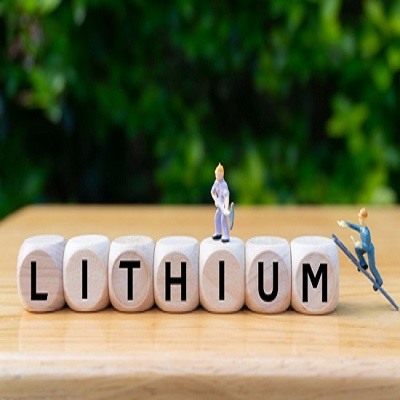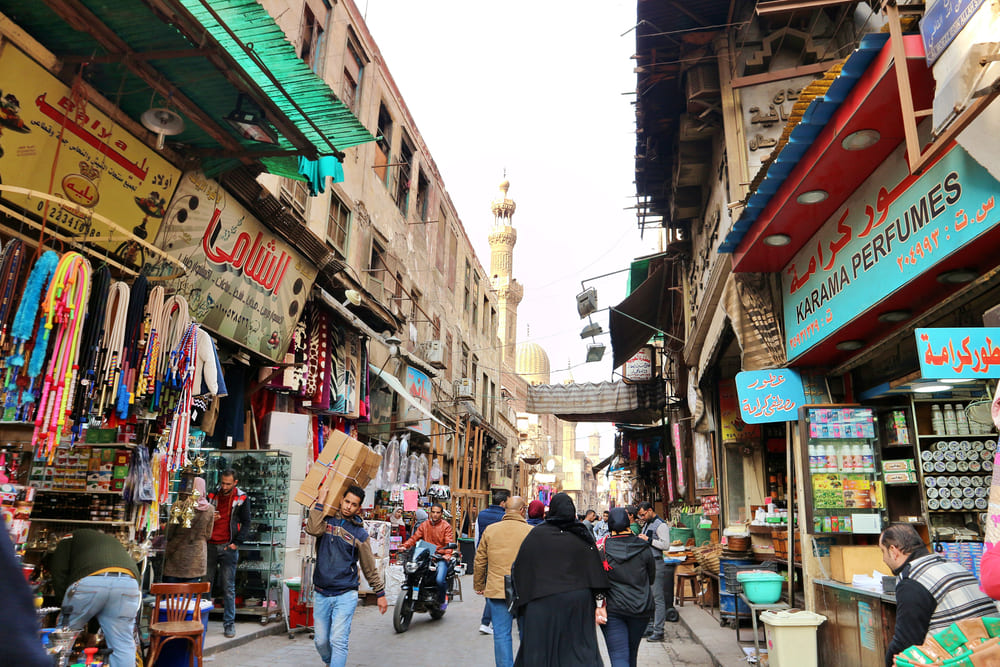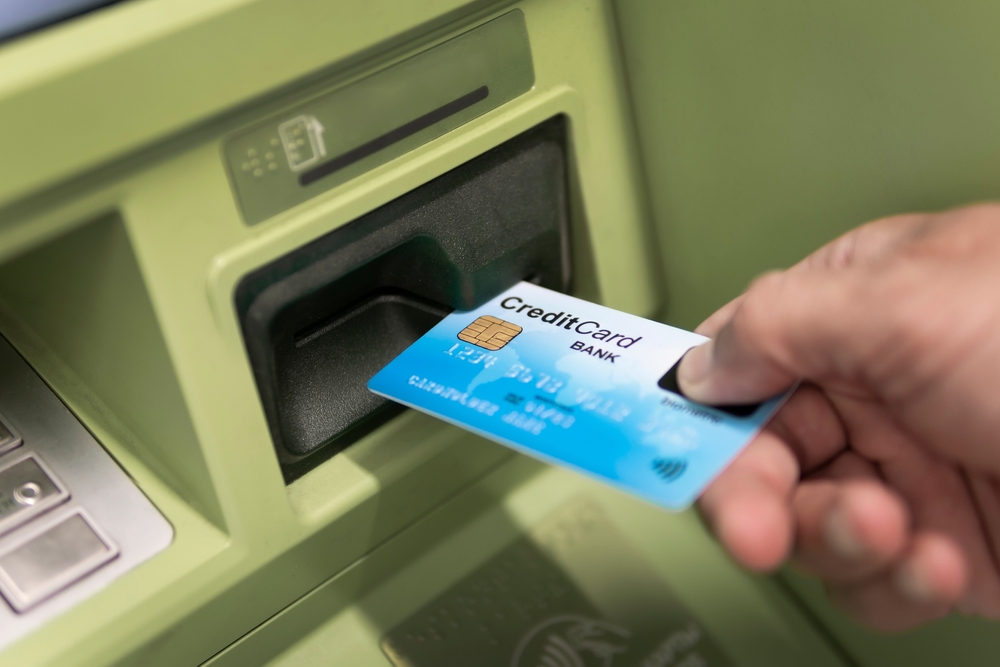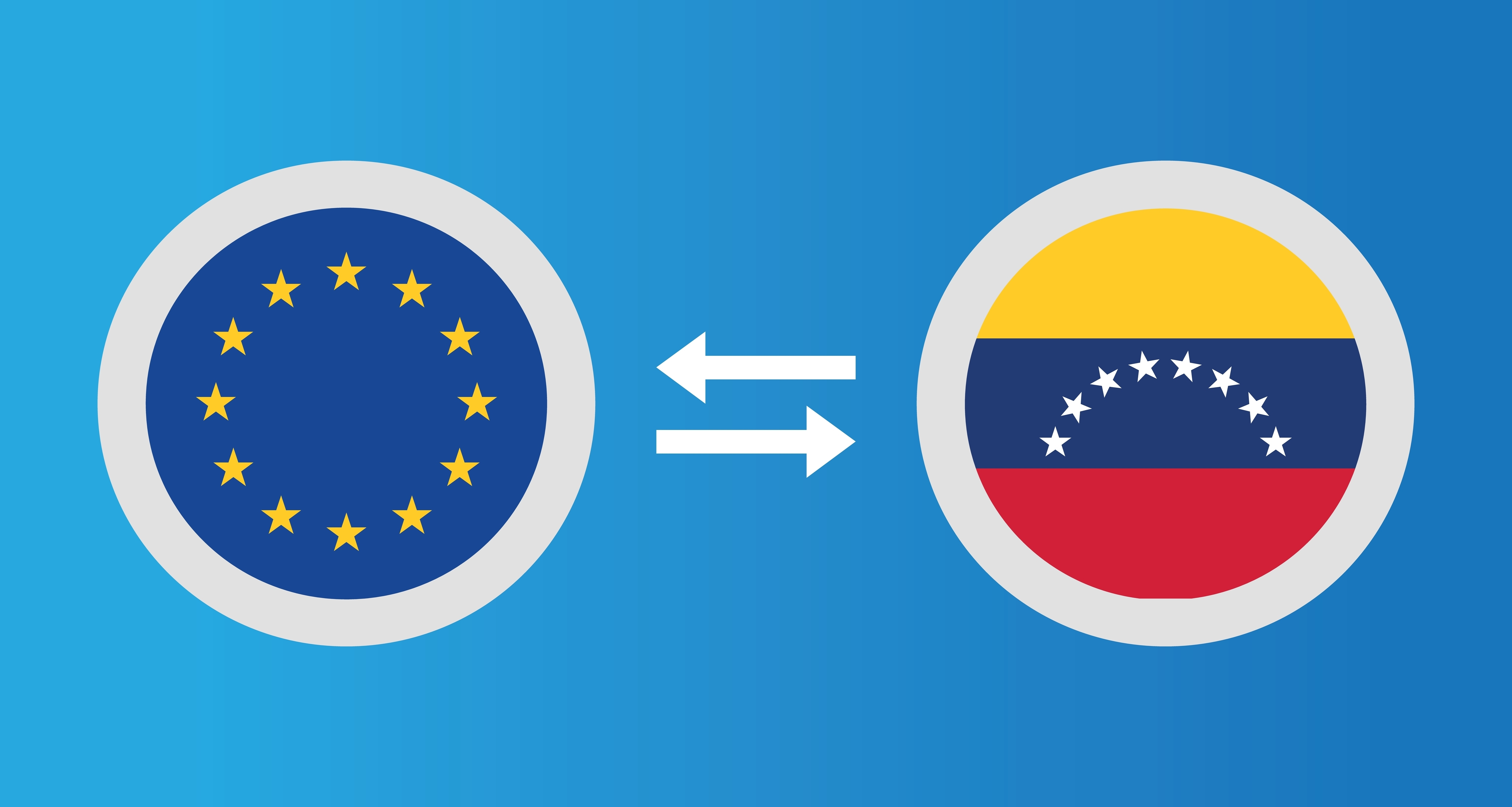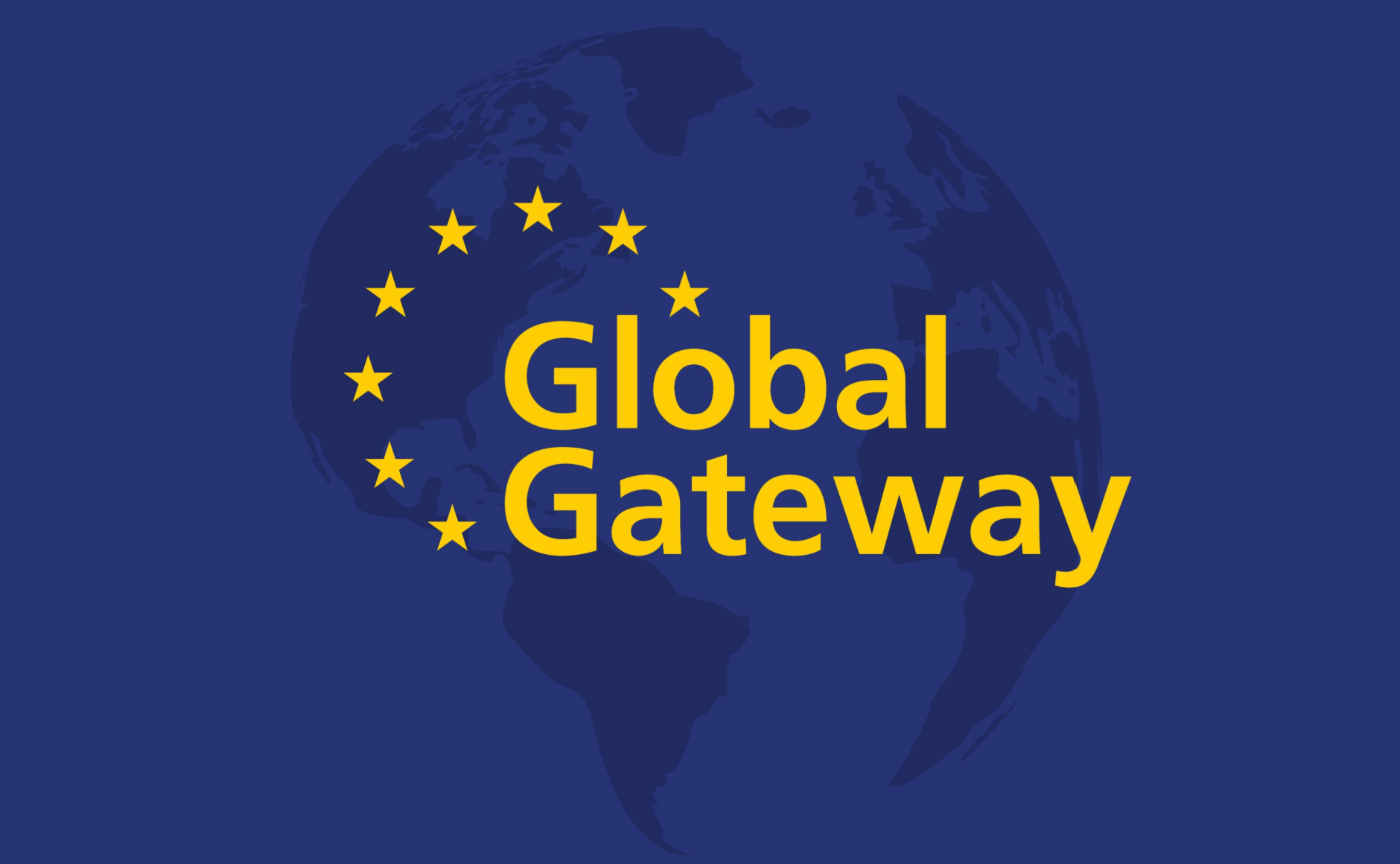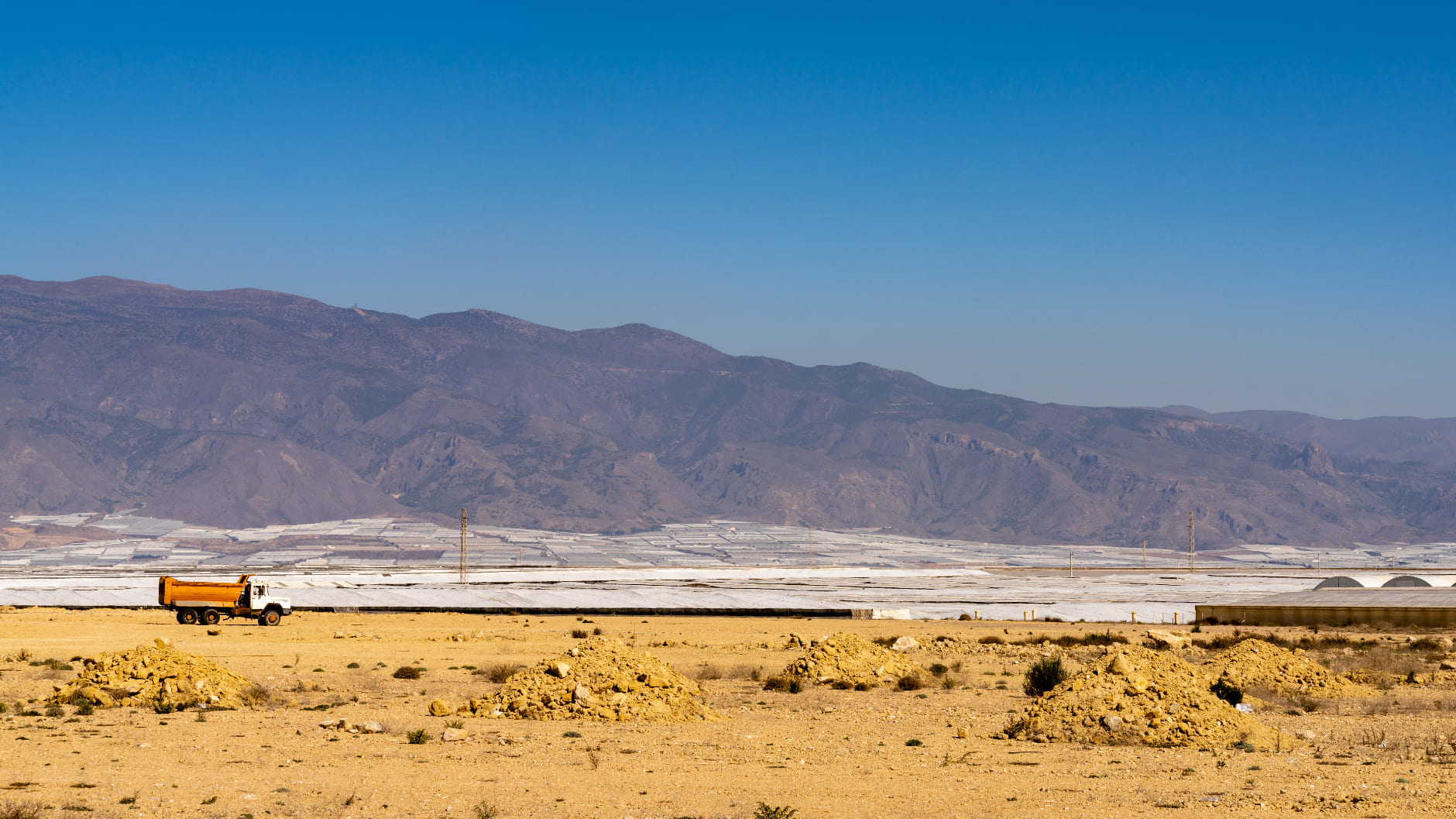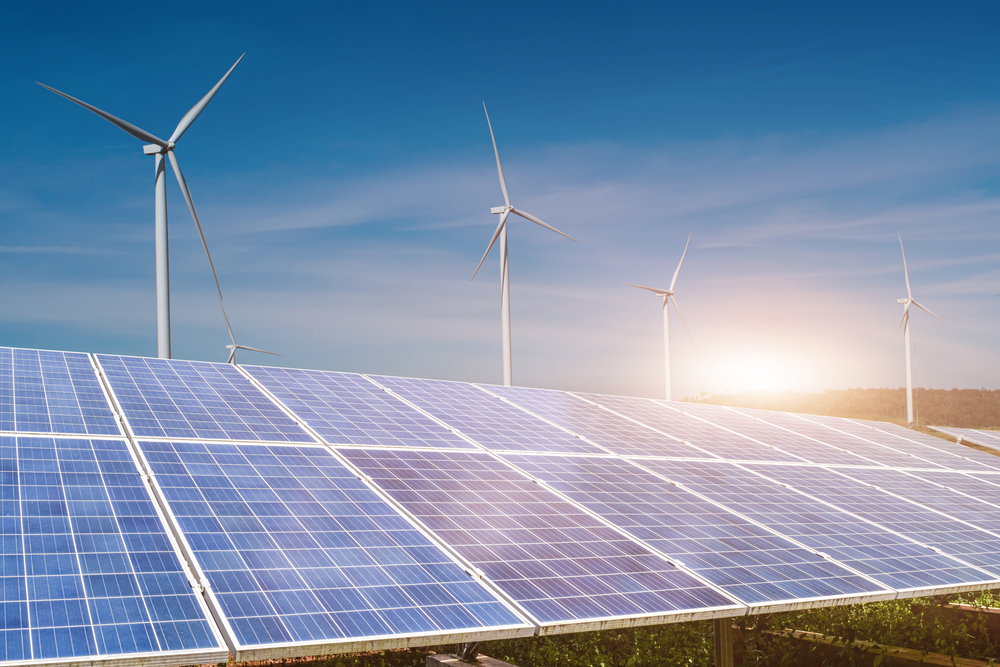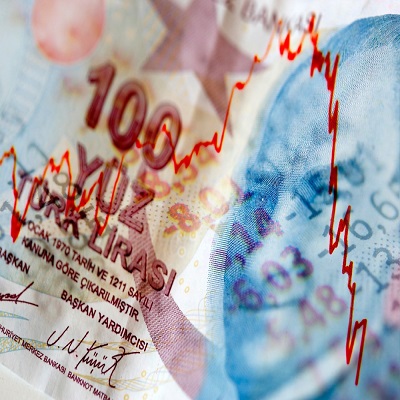Egypt in the Balance?
by Riccardo Fabiani , Michael Wahid Hanna
Egypt faces an economic crisis that risks fuelling unrest. The International Monetary Fund demands reforms in return for loans, while the authorities seek to broaden their base through a much-criticised national dialogue. Foreign partners should cautiously support this balancing act to enhance the country’s stability. Egypt is in the midst of a profound economic crisis that threatens to disrupt its domestic, economic and foreign policies – deepening public disenchantment and potentially fuelling social unrest. The war in Ukraine has exacerbated this predicament: its effects on the global economy have exposed Egypt’s longstanding dependence on fuel and food imports, which have become too expensive for the country to afford, as well as short-term foreign financing, which has also become more costly. The resulting imbalance has led to the currency’s devaluation and an inflation spike that is hitting the middle and working classes especially hard. Egypt has gone through economic troughs before, but today’s woes are different, and both the government and its creditors are responding in kind. Instead of providing an unconditional bailout, the country’s Gulf partners are working with the International Monetary Fund (IMF) – which has already loaned the government $3 billion – to press Cairo to undertake structural reforms. These include slowing down government-run infrastructure projects and reducing military-owned companies’ holdings. Both moves, while important for the country’s long-term economic health, will cause considerable pain for many of President Abdelfattah al-Sisi’s supporters. If the hurt is too great and too widespread, it could bring with it the possibility of political instability. The authorities are clearly worried. Their decision to launch a national dialogue with civil society and opposition forces reflects a desire to broaden their base of support as the economic situation goes from bad to worse – although activists worry the government is now rethinking the initiative. Against this backdrop, the role for bilateral partners and multilateral institutions will be to press Cairo for overdue reforms, both economic and political, while keeping an eye on the social impact of structural adjustments and calibrating their requests to avoid fuelling instability in what remains an influential and strategically important state. Economic Vulnerabilities ExposedAfter holding up better than many experts expected during the COVID-19 pandemic, Egypt’s economy has suffered a body blow as a result of Russia’s war in Ukraine. The crisis built up over the course of 2022 and snowballed at the start of 2023. The exchange rate began falling on 4 January, reaching a low of 32 Egyptian pounds to the U.S. dollar on 11 January before stabilising at around 30. (Up until March 2022, the pound was trading at around fifteen to the dollar.) This major downward adjustment in the exchange rate is the third in the past year, and foreign investors expect further declines. The devaluation has caused a spike in inflation, which reached 31.9 per cent in February year on year, up from 25.8 per cent in January. Food prices rose by 61.8 per cent year on year, with poultry, pasta, dairy and red meat prices increasing faster than others. These developments have had a significant impact on the population, with many middle- and working-class Egyptians reportedly holding down several jobs to make ends meet, and changing their diets to replace animal proteins with cheaper options. The crisis has a history that stretches back years. Since President Sisi took power in 2013, the government has pursued an economic model focused on government-run infrastructure projects funded by debt financing, both foreign and domestic, and led by military-owned companies. These firms came to dominate many sectors, while crony capitalists associated with President Husni Mubarak – who ruled for 30 years before being ousted amid Egypt’s 2011 popular uprising – lost clout and private businesses were crowded out. This arrangement reflected Sisi’s statist world view, secured for him the army’s political loyalty and supported a modest economic expansion. It failed, however, to reduce unemployment, while exacerbating poverty and external imbalances. When COVID-19 hit in 2020, domestic observers and international investors were concerned that it would expose Egypt’s vulnerabilities. But while tourism virtually disappeared, and business activity stagnated, the country was able to weather the pandemic’s impact. Attracted by high returns, foreign investors flocked to Egypt’s treasury bills, and remittances from Egyptians abroad also went up. These inflows helped Cairo temporarily finance its current account and budget deficits and supported local incomes. Instead, it was the Ukraine war that accelerated a major economic crisis. Russia’s February 2022 invasion drove up commodity prices and thus Egypt’s already sizeable import bill, showing just how heavily the country relies on purchases of fuel and cereals from abroad. The country’s foreign reserves dwindled. The government’s attempts to curb imports failed, and soon investors began to doubt its ability to defend the managed exchange rate, leading to a portfolio outflow of around $20 billion between January and September 2022. Foreign reserves dropped even further, reaching little more than three months of imports in July 2022 (down from 6.8 months one year earlier). Given exchange rate devaluations and rising debt servicing costs, Cairo will now struggle to pay its debts. With investors pulling out and a structural current account deficit, the authorities had to let the exchange rate decline. In turn, the Central Bank hiked interest rates to contain the resulting inflation and limit capital outflows. The higher rates and lower currency value mean that debt servicing is set to explode. The 2023-2024 budget anticipates that repayments will absorb 56 per cent of total government spending. This debt burden, according to a regional investment professional, is the main reason why Egypt watchers are sounding the alarm. A Delicate Balancing ActAs the economic outlook deteriorated over the course of 2022, Cairo sought assistance from the IMF. At first, Egypt requested a $12 billion loan, but it was unable to come to terms with the Fund. Instead, in December 2022 the IMF approved and Egypt accepted a less ambitious $3 billion package over 46 months. It spelled out a list of unusually detailed measures Cairo would have to take in order to qualify, identifying a “permanent shift to a flexible exchange rate” as the top priority. In effect, the Fund was requiring Egypt to devalue its currency – a difficult demand of Cairo, given its political sensitivity. According to an international official, the Egyptian government saw a strong pound as a sign of national prestige and a way of managing external debt levels, inflation and the cost of key imports, including building materials, for military-owned firms. But the IMF correctly saw that artificially high currency value was crippling the export sector, widening the external account deficit and boosting demand for dollars on the black market. These issues in turn exacerbated the shortage of foreign reserves, as Egyptians anticipated that the government would lower the pound’s value sooner or later. While the devaluation has temporarily alleviated hard currency liquidity problems as Egyptian officials have moved toward full flotation of the pound, there are signs that they continue to manage its value against the IMF’s wishes. The other reforms negotiated with the IMF could also prove tricky. Fiscal austerity measures and the phasing-out of fuel price subsidies risk stirring frustration among the middle and working classes. The IMF’s request that Cairo slow down infrastructure projects, in order to reduce pressure on external accounts and inflation, is a challenge to one of President Sisi’s core policies and sources of domestic support. In January, the president reiterated the importance of these projects for economic development, but international financial officials are serious about this point: they have indicated that they are ready to make public statements if Egypt fails to comply. As Cairo remains under scrutiny from investors and rating agencies, any public criticism from the IMF could deepen market scepticism about its commitment to reform and prove costly for Egypt’s finances. Still, the creditor-driven policy change that is arguably the most controversial for Sisi and his core constituencies concerns divestiture from state- and military-owned companies. This measure requires the authorities to set clear criteria for government intervention in the economy, increase transparency around public procurement processes, privatise non-strategic firms, and end tax exemptions and other advantages for these enterprises. The goal is to reduce the government and military footprint in the economy and bring in much-needed foreign investment. To pre-empt resistance within the state and security apparatus, the IMF secured the president’s official endorsement of the measure. Even so, it may not work. The military’s opposition to these reforms and the difficulties associated with such privatisations risk derailing the IMF deal and, with it, the broader effort to restore confidence in the Egyptian government’s stewardship of the economy. Some observers argue that the president’s endorsement, along with the uncharacteristic detail of the loan document negotiated with Cairo, as well as international alignment behind the deal (discussed below), will make it hard for Egypt to shirk its commitments. But in January, despite the IMF agreement, the president signed a decree allocating more land to the armed forces for commercial purposes – perhaps a signal of more defiance to come. The IMF did not react officially to this measure, although it could choose to do so in the forthcoming review. Some observers also doubt the feasibility of privatising army-run and army-linked ventures because of the military’s privileged place in Egyptian state and society. Among other things, due diligence on these companies, ie, the standard examination of a company’s legal and financial records by prospective buyers, is nearly impossible given the lack of full transparency about their economic health. While there is broad international backing for these reforms, they entail a degree of risk for the Egyptian government. The slowdown in infrastructure projects and the state divestment policy could risk upsetting the president’s relationship with his core constituencies – especially the military – which benefited greatly from the arrangements that the reforms are intended to replace. In addition, fiscal austerity measures, subsidy reform and further devaluations – measures the IMF also insists upon – are likely to erode incomes throughout society. As the effects of these measures ripple through the economy, there is some danger that military and public disenchantment could become volatile and destabilising. International Alignment behind the IMF DealEgypt’s international partners are generally supportive of the IMF reform program, but some have expressed concern to Crisis Group about the potential for the more stringent measures to cause political instability and related phenomena, especially an increase in irregular migration. Publicly, Western officials fully back the IMF scheme, saying there is no alternative, but they may not all be on exactly the same page. In private conversations with Crisis Group, U.S. diplomats voiced worry that European governments may be pressuring the Fund to water down its demands because of the instability risk. An Egyptian observer noted to Crisis Group that, unlike for the U.S., “Egypt is really too big to fail from Europe’s perspective”. Gulf countries are the other major variable in this equation, given their huge treasuries and previous support for Egypt. Following the popular protests and military coup that deposed Egypt’s Muslim Brotherhood president, Mohamed Morsi, in July 2013, Egypt’s Gulf backers, Saudi Arabia, the United Arab Emirates (UAE) and Kuwait, quickly pledged $12 billion to help stabilise the country. The aid consisted of long-term deposits with the Central Bank and direct grants, much of which came in the form of transfers of oil products. Since 2013, however, relations between Cairo and Gulf capitals – including Riyadh and Abu Dhabi – have been tense and marked by mutual disappointment. The Gulf countries are vexed by Egypt’s poor economic performance and resistance to financial reform, as well as by its regional policy, which has at times run counter to their priorities. Egypt, the most populous Middle Eastern country and one accustomed to a leadership role in Arab affairs, bristles at what it sees as the Gulf monarchies’ heavy-handed attempts to dictate its policymaking. It is keen to hew to an independent line. While Egypt found common cause with its Gulf patrons when they feuded with Qatar from 2017 to 2021, it also conspicuously refused to deploy its forces in support of the Saudi-led military intervention in Yemen and declined to get behind the Gulf effort to topple Bashar al-Assad in Syria. Egypt has also avoided entangling itself in the Gulf’s strategic competition with Iran. Even where Egypt has worked in partnership with the Gulf, as it did with the UAE in Libya, the cooperation has produced friction. Egypt and the UAE have found themselves in effect aligned with opposing camps in the current fighting in Sudan, with Cairo supporting the Sudanese army, led by General Abdel Fattah al-Burhan, and Abu Dhabi siding with the paramilitary Rapid Support Forces, under the command of Mohamed “Hemedti” Hamdan Dagalo. Nonetheless, Egypt now needs Gulf financing to plug its external deficit. The IMF anticipates that its $3 billion loan will be complemented by an additional $14 billion from a variety of international and regional partners. In particular, the IMF program is predicated on Gulf countries contributing $10 billion over the next five years, on top of their pledge to roll over $28 billion in deposits with Egypt’s central bank. According to a regional bank official speaking with Crisis Group, the IMF agreement will only afford durable relief if it is coupled with Gulf support. But the Gulf countries have become more demanding creditors. In addition to the frustrations enumerated above, they are confronting the demands of their own ambitious national development plans, which means diminished appetite to bail out Cairo. While Kuwait, Saudi Arabia, the UAE and Qatar deposited $13 billion in Egypt’s central bank to help Cairo absorb the immediate economic shocks following Russia’s invasion of Ukraine, over the past months the Gulf has reassessed its approach. As a Gulf official told Crisis Group, “We aren’t prepared to help those who are unwilling to help themselves. And even if we were willing, Egypt’s needs are massive. None of us really has that kind of firepower any longer”. Thus, unlike in previous crises, Gulf states now demand public assets in return for their financial backing. This new policy has led to Gulf sovereign wealth funds buying minority stakes in Egyptian firms that they could sell at a profit at a later stage. It has also created frictions with Cairo over these assets’ value as the Gulf puts a premium on return on investment, as opposed to thinking primarily about how best to support Egypt. According to several sources, in November 2022 Saudi Arabia’s Public Investment Fund suspended its plans to buy out United Bank. Egypt insisted on setting the asset price in dollars, rather than in pounds, but the Saudis refused, hoping that further devaluations could reduce its dollar price. These tensions have spilled over into relations between Cairo and its Gulf backers. Between January and February, two prominent Saudi Arabian commentators, Turki al-Hamad and Khalid al-Dakhil, wrote pieces criticising Egypt’s inefficient economy and the army’s interference in business, among other things. In response, Egyptian journalist Abdel Razek Tawfiq published an aggressive article in the pro-Sisi Cairo24 and al-Gomhuria outlets decrying what he called the kingdom’s arrogance. Later, President Sisi sought to calm tempers, calling on Egyptians to remember everything their “brothers” have given them. Cairo24 and al-Gomhuria took down Tawfiq’s incendiary article, replacing it with a more conciliatory editorial. While the spat reflected exasperation on both sides, some observers also think Riyadh is irritated by Cairo’s delays in handing over the Red Sea islands Tiran and Sanafir, which it agreed to cede to Saudi Arabia, in the teeth of significant public and security-sector opposition, in 2016. With doubts remaining about the Gulf partners’ willingness to fill gaps in Egypt’s finances, investment bankers suggest that Egypt look for alternative funding avenues. One idea is to securitise future Suez Canal revenues, ie, package these expected earnings into bonds that could be sold to foreign investors. The canal has excellent credit standing and highly predictable revenue flows, making this unorthodox approach compelling to many. But the idea raises concerns about public perceptions and national security, highlighting the lack of clear options in Cairo. The National Dialogue InitiativeThe deteriorating economic picture also contributed to the president’s surprising decision to initiate a national dialogue with civil society and opposition forces. In April 2022, Sisi called for such a dialogue, with no political group to be excluded, though he later specified that the Muslim Brotherhood would not be allowed to take part. Egyptian opposition figures saw the move as an attempt to expand the government’s social base before the anticipated economic turbulence and improve its international image as it prepared to seek foreign economic assistance. It suggested a shift from the authorities’ previous approach of closing avenues of political contestation. As Egyptian journalists and Western diplomats pointed out in conversations with Crisis Group, Sisi and the security sector believe that former President Mubarak made the 2011 uprising possible by tolerating the activities of opposition parties, independent media and civil society groups even to the limited extent he did. Against this backdrop, the Egyptian opposition cautiously welcomed the initiative and tried to set preconditions for its participation. The Civil Democratic Movement, which brings together a collection of secular opposition parties and activists, laid out conditions for its participation in the dialogue. It said the participants must include an equal number of pro- and anti-government figures. It later asked the authorities to release more political detainees as a show of good-will. Another group launched a petition to demand the release of all political prisoners, a halt to media censorship and an end to the use of anti-terror laws for political purposes. An activist with the political opposition told Crisis Group that negotiations have continued over the last two months about when and how to start the dialogue. The activist emphasised, however, that “participation is the only card we have to play, so we have to try to make sure that our few conditions, such as on political prisoners, are met before agreeing to join”. The government’s response to the opposition’s demands has so far been disappointing. Although it has freed some political prisoners, many others remain behind bars. Repression of political and civil society activists and independent journalists goes on, moreover, despite the opposition’s appeals. “We have made clear in our meetings with senior intelligence leaders that there has to be a political decision to stop these arrests or else we will just be stuck in this ongoing cycle”, explained the above-referenced opposition figure. The dialogue started in May, more than a year after Sisi announced it, but Egyptian activists are sceptical about its chances of success. One close observer noted, “From the inside we almost always don’t see any hope”. This person said the initiative includes credible mediators representing intelligence services, but any momentum is now gone. “It’s a scandal really. It’s been a year now, but they don’t care. It’s clear there has been some sort of setback or shift. Our interactions suggest that they aren’t interested in this initiative moving forward, that they now see this as a potentially dangerous course”. What’s Next?The Egyptian authorities face domestic and international challenges that may require at least a partial restructuring of the country’s longstanding arrangements. In a private conversation with Crisis Group, an Egyptian observer pointed to Lebanon’s debt default and ensuing political crisis as a signpost for the future: “I think people need to reimagine their mental models as to where Egypt is headed, and Lebanon is useful in this respect. The long-term impact of the devaluations is still being underestimated and will take some time to filter through the system. Without trust between the people and their government there really is no natural backstop. Egypt probably won’t get that far, but it’s still useful to go through the exercise”. While Egypt is very different from Lebanon, the chances that the crisis will force the authorities to review years-old policies are considerable. Indeed, it is already happening. Confronted with severe economic worries, IMF scrutiny and tensions with the Gulf, Cairo has had to make painful concessions, as it did in the sharp devaluation, although it remains unclear whether it will fully abide by its commitments. Whether its international partners will stay lined up behind the IMF is likely to be an important factor. Against this backdrop, Egypt’s international partners should continue to press for the structural reforms that remain the key priority in creating long-term resilience. Reducing the military’s economic footprint should be a top priority: enterprises currently staffed by soldiers who do not need jobs could become job creators for civilians who do. Likewise, the U.S. and its European allies should consider linking at least some of their future support to progress on the lacklustre national dialogue initiative. While thoroughgoing political liberalisation remains a near-term impossibility, targeted criminal justice and electoral reforms are within reach; a meaningful dialogue could lend them momentum. At the same time, Egypt’s international partners should approach the situation with some caution, mindful of short-term instability risks stemming from fiscal austerity. In particular, subsidy reform and inflation could contribute to social unrest. They should therefore be prepared to show flexibility, for example regarding spending cuts, which could have devastating effects on the population, and the exchange rate. In sum, while the Egyptian authorities continue to walk a political and economic tightrope in the coming period, foreign governments and international financial institutions should be prepared to do the same – offering careful and calibrated support to strengthen the country’s long-term resilience and minimising short-term instability risks.
